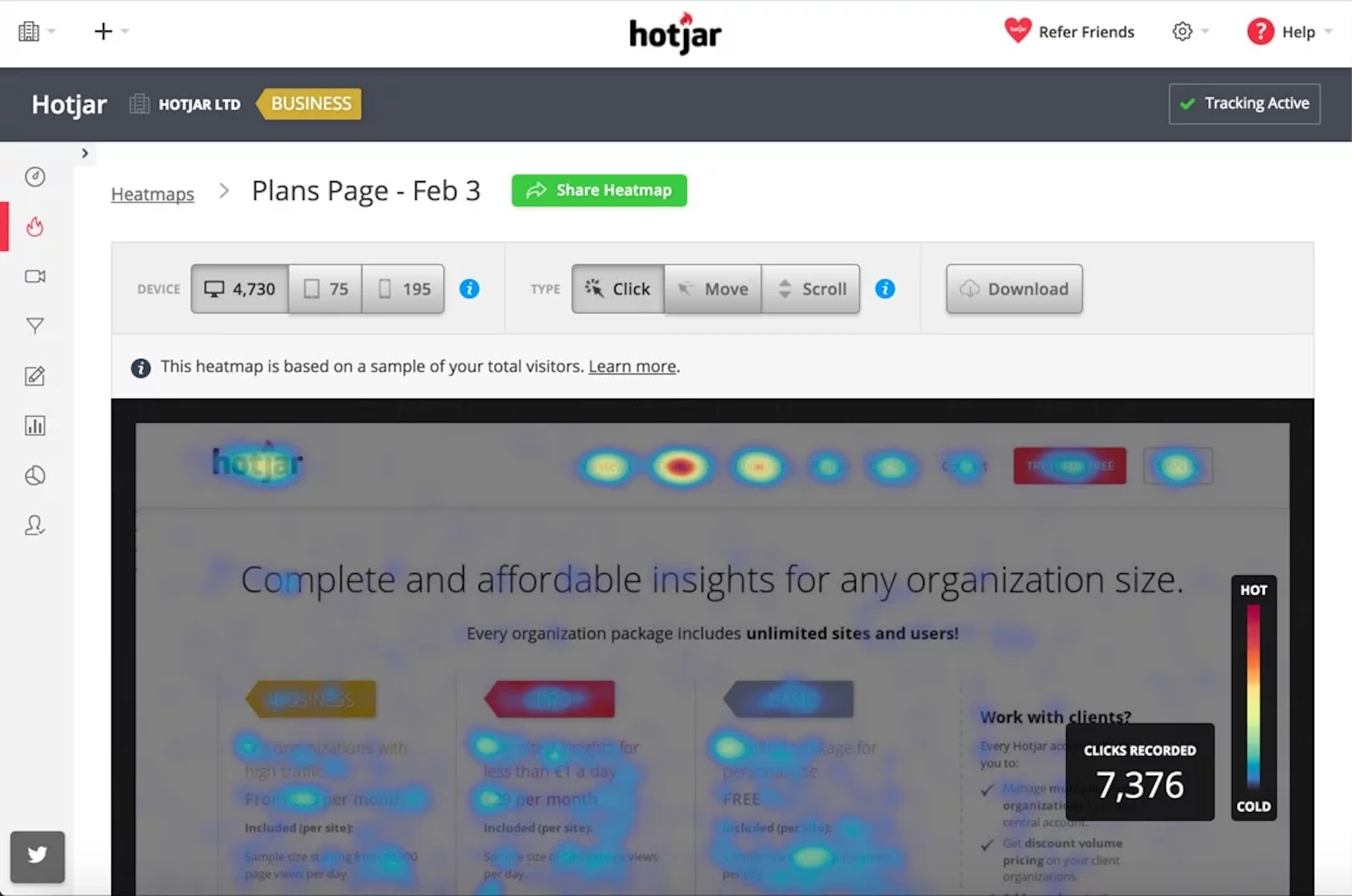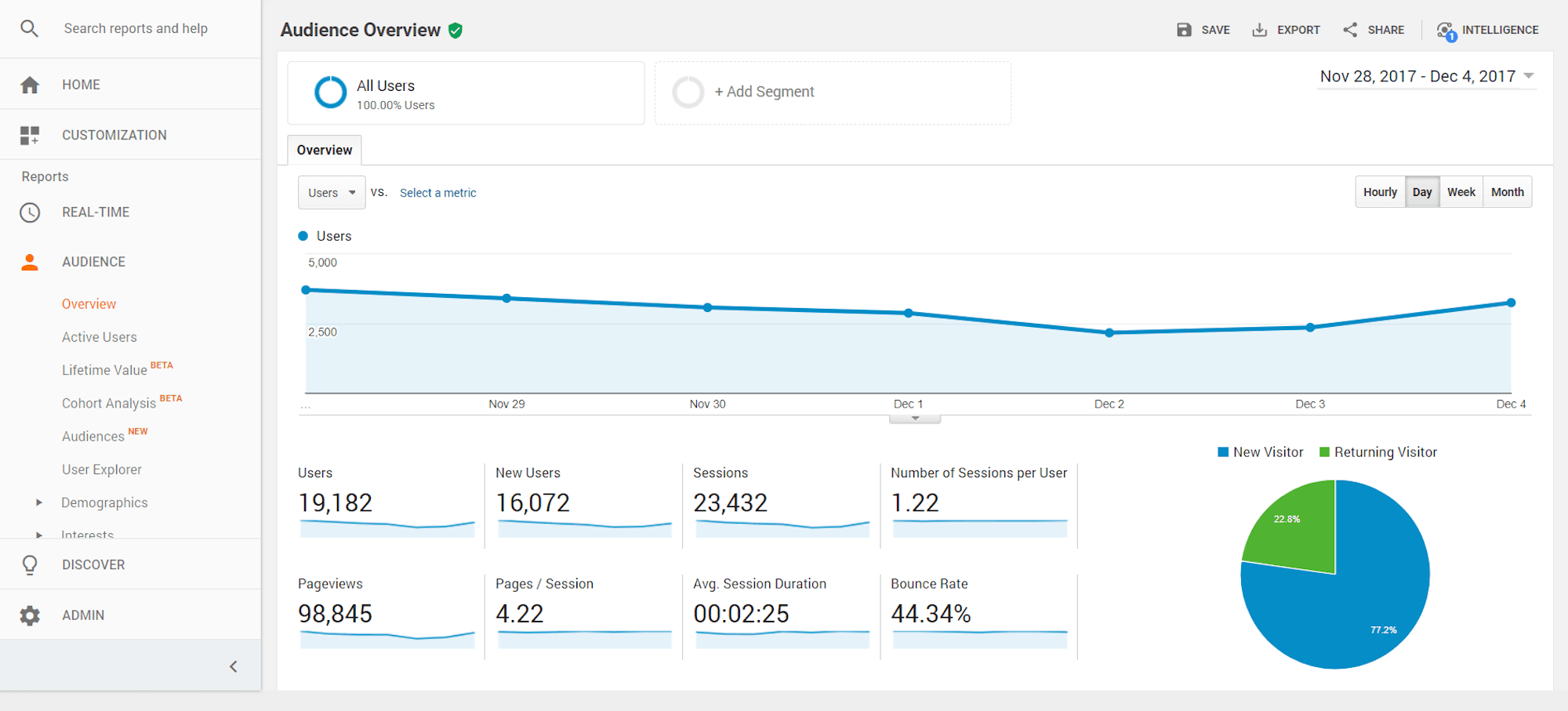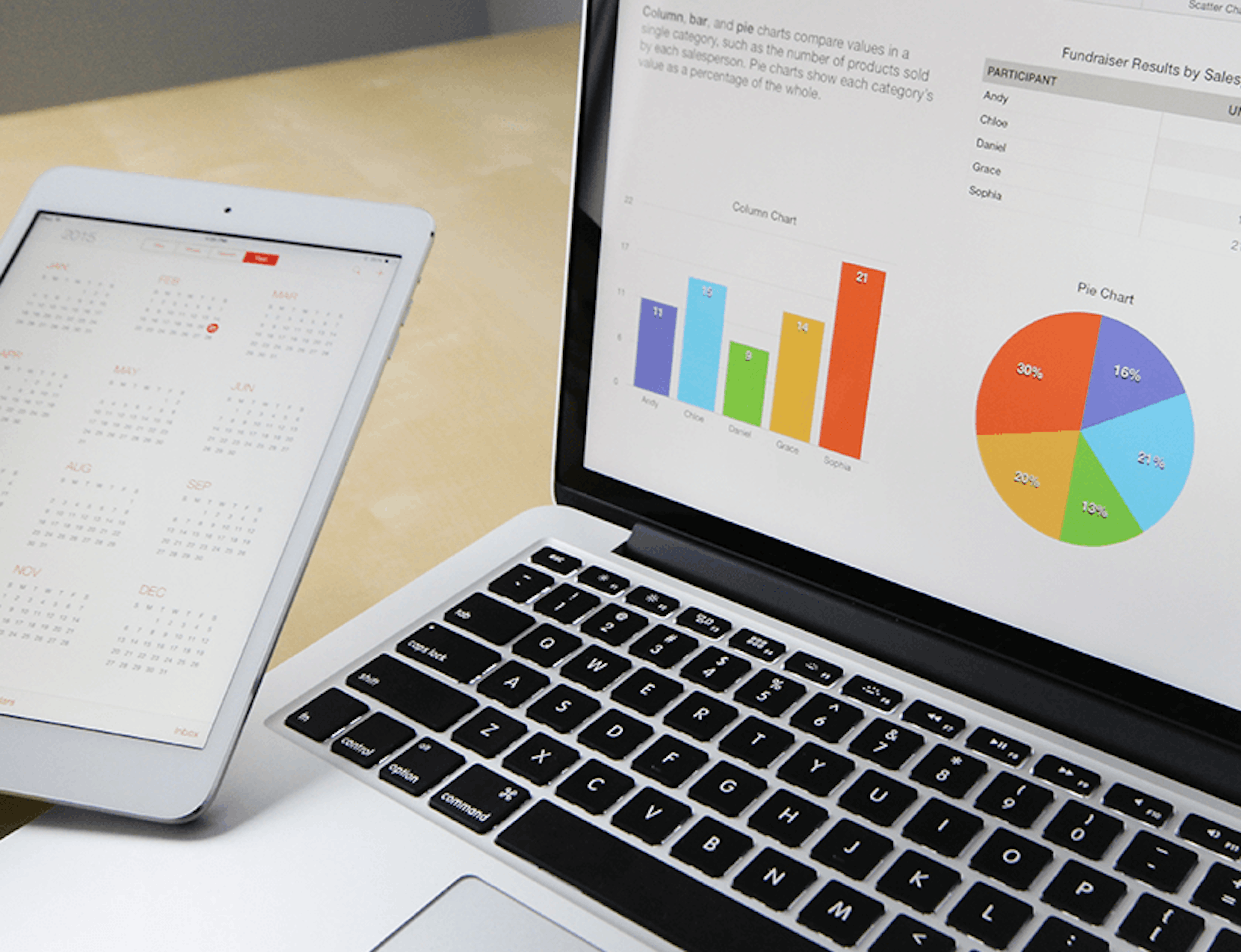The trouble for a lot of people and organisations is that they have never stopped to consider, let alone define, what the purpose of their website is and how they will measure success. If you thought, “aha, I know the purpose of my website. It’s to drive business!” then I’m sorry but that’s not nearly detailed or quantifiable enough to count.
The key to understanding exactly how your website performance is having a very clear idea of what the website’s objectives are and precisely which metrics will measure this the best. Because tools like Google Analytics, Search Console and Hotjar (to name but a few) give us so much detail and so many different metrics to track, there is no one-size-fits-all approach. Largely it will depend on the characteristics of your business. There are, however, some rules of thumb we can follow to help make choosing your metrics and Key Performance Indicators (KPIs) a whole lot easier.

Ditch the Vanity Metrics
It’s very tempting when looking at your website’s analytics to be drawn in by what is oftentimes referred to as vanity metrics. So-called because they make you feel great about your website but don’t actually offer any meaningful insight. Recording your growth in Page Views or New Sessions is all well and good, but if your goal is to generate more Subscriber Sign Ups then it isn’t helping you measure your website’s performance at all.
You need to remain focused on the metrics that really matter to your business. This may be difficult as it might not show the results you’d hoped for or expected. But this is the first stage to recovery!

Your Business Will Define Your KPIs
Deciding what metrics you will choose as your KPIs will depend a lot on what your business does and the role of your website within that. What you measure for an e-commerce site, for example, will be almost entirely irrelevant to a blog site.
By and large, the purpose of an e-commerce site is to drive sales and revenue. So, for this site, you might look at Conversion Rates, Cart Abandonment Rates and Average Order Value. These measurements will give you plenty of detail in how your customers behave on your site and should highlight any issues your site may have. A larger than normal Cart Abandonment Rate, for example, might signal that your checkout process needs looking at.
For a blog site, you’d want to keep a close eye on how engaged your users are with your content. For that reason, you’d consider looking at Average Time on Page, and Pages Per Session. You should also be encouraging users to subscribe as well so monitoring the rate of this is also essential. If this is much lower than it should be maybe you need to assess how strong your Call to Actions are.
Things to Keep in Mind
Whilst that covers the majority of what you will need to know to define your objectives and KPIs there are some other factors you should take into consideration as well. Firstly, have a think about what tools you will use to measure and report on these KPIs. Google Analytics is the obvious choice for the vast majority, but you may also consider a heat map tool such as HotJar if you want to measure the proportion of people making it to the bottom of your page for example.
The other point is to keep focused and don’t go overboard. Measuring heaps and heaps of KPIs will just be time-consuming and only serve to confuse you rather than give you anything meaningful. Sticking under five will keep the data clear and the reports concise. This will also help you to prioritise what the really important metrics are.
As we’ve already talked about on a previous blog, a website without a purpose is a huge no-no. Keeping a close eye on the purpose and objectives of your website means figuring out the most appropriate measures, or KPIs. They should be specific, highly relevant, and quantifiable. Anything other than that and you’re just looking at numbers on a page. A strong set of KPIs will help you to keep your website at the top of its game for as long as possible. And everybody wants that.
If you want talk about setting and smashing your own KPIs, we’d love to hear from you. Get in touch today.
